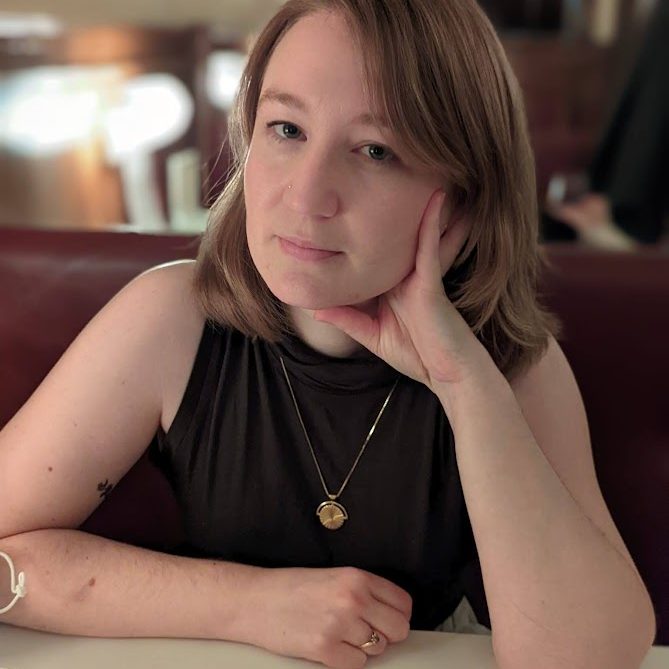Throughout the Critical Foundations of Health Disciplines course, my classmates and I have used various curation resources to gather resources related to the course units. Having the experience of self-curating much of the first course of my Master’s-level studies has been informative and has given me the opportunity to further my own expertise while still learning about other topics related to the health disciplines through my classmates.
Content Curation and its Tools
In my experience, content curation has meant finding resources that fit within my interests and knowledge base and creating a virtual museum to connect back to foundational themes in the course. Harold Jarche (2014) explores the concept of curation as a “seek, sense, share” framework. In other words, he discusses the importance of searching for resources – which is an ongoing process – individualizing the resources to understand how to use them, and finally sharing those resources with others and using them as a base to co-operate with other students or colleagues. My classmates and I used the “seek, sense, share” framework well within this course through our various forum and blog posts.
When completing my undergraduate education (2005-2009), I used a mix of bookmarking links and resources, as well as physical note-taking and highlighting. Compared to now, my previous experience lacked the organizational benefits that digital curation offers. As discussed in previous posts throughout this course, using Zotero as a research and curation tool has been fundamental to my learning in this course, and I believe will be essential as I work to complete my studies at Athabasca University. Zotero has helped me to organize my curated resources by unit and week, assisted me in writing bibliographies and annotations, and made it simple to tag resources immediately through the browser add-on. I have also taken advantage of the Office tools provided to us by Athabasca University and have employed OneNote to make notes for various assignments, gather resources, and shape my ideas. Finally, while getting comfortable with WordPress as a tool for creating and maintaining my e-portfolio was a challenge, I am very happy with how my e-portfolio came out. The WordPress features have been excellent for highlighting my personal and professional experiences, blogs, and curation posts.
Benefits of Content Curation
My e-portfolio highlights a list of my classmates, their locations, and their various roles and disciplines. This list showcases how varied our professional and personal experiences are as a group and provides insight into how essential it was for us to self-curate in this course. Health is an enormous topic that encompasses many roles, experiences, and themes. While my experiences in health have been mainly focused on mental health and occasionally addiction, the experiences and roles of others in the course encompass areas from nutrition to cancer care to Indigenous health care policy. The self-curation aspect of this course has allowed my classmates and I to refine our own expertise and interests, while giving us the opportunity to branch out and learn about other areas that we do not have experience with. As I don’t work in a typical medical setting such as a hospital, it has been illuminating and valuable for me to understand other disciplines and settings in healthcare, and I am hopeful that my unique experiences in social work and specifically community mental health were just as enlightening for other students.
Social Media
I did not use social media in this course. X, formerly known as Twitter, has gone through a lot of changes in just the past year, and I am not convinced that the public will continue to find X/Twitter useful for much longer. In my first assignment, I reflected on my personal experiences using social media and explored the concept of advocacy as an inherent part of the social work discipline. Furthermore, I asserted that as advocacy is inherent in the social work field, social media need not be a part of that advocacy. In working on this course, I have found that curating my blog on WordPress and posting to the forum has been sufficient to address learning objectives for myself and my classmates. While using X/Twitter and other social media sites, such as Reddit, can be an excellent tool, I found that not using it in this course did not affect my knowledge or ability to curate content.
Conclusion
Smart and thoughtful content curation is an important tool for learning, and I’m fortunate to have had a fantastic introduction to it within this course. Using curation tools such as Zotero and OneNote, as well as further tweaking my e-portfolio on WordPress will be a key aspect of continuing my Master’s-level studies at Athabasca. I continue to be excited to learn along with my classmates and feel privileged to be sharing a cohort with such accomplished and intelligent people with wide-ranging experiences and roles.
References
Jarche, H. (2014, February 10). The Seek > Sense > Share Framework. Harold Jarche. November 19, 2023, https://jarche.com/2014/02/the-seek-sense-share-framework/
